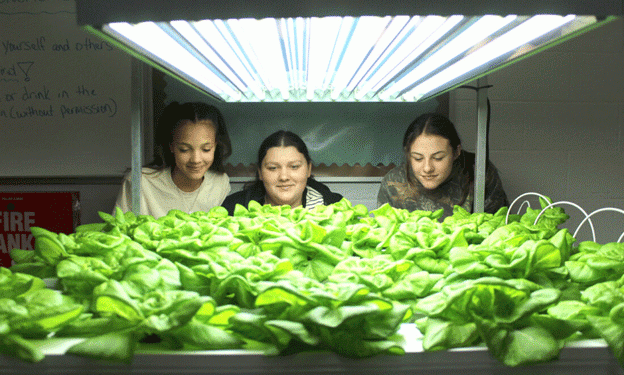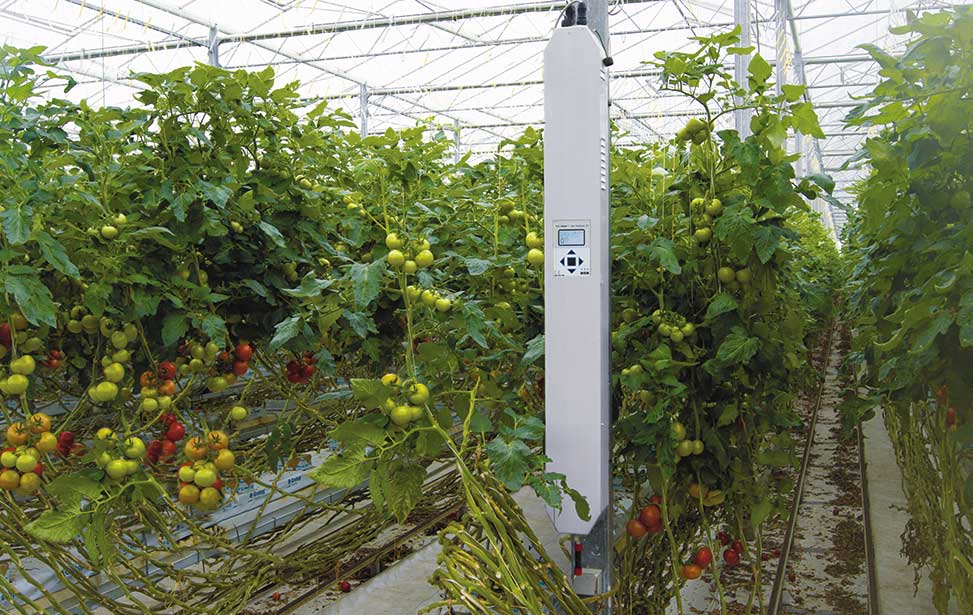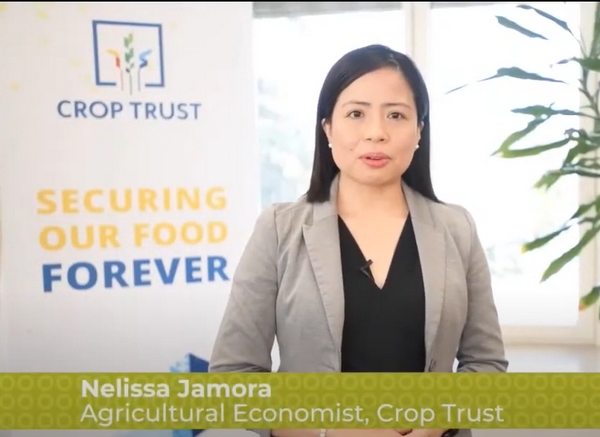In Southern Local Jr. High School, a new kind of farming lesson is taking root—literally. Inside Amanda Wrobleski’s science classroom, rows of healthy butterhead lettuce plants have transformed the space into a mini greenhouse, thanks to a student-driven hydroponics project. Funded by a $660 Best Practices Grant from the Jefferson County Educational Service Center and additional school district support, the initiative is equipping students with firsthand experience in one of agriculture’s most promising technologies.
The project began last year with a small hydroponic system purchased from CropKing (Lodi, Ohio), and has grown into a full classroom ecosystem. In February, students planted lettuce seeds into rockwool cubes—a sterile, fibrous growing medium made from melted basalt rock. These cubes were then placed into the hydroponics system, where distilled water and liquid nutrients are continuously circulated. Students monitored pH levels, cleaned the system’s 30-gallon reservoir, and tracked daily growth. The culmination came on March 31 with “Lettuce for Lunch,” a schoolwide tasting event showcasing their harvest.
This project mirrors a broader agricultural trend: the rapid expansion of hydroponics in both commercial and educational settings. According to a 2024 report by Grand View Research, the global hydroponics market was valued at approximately USD 13.5 billion and is expected to grow at a compound annual growth rate (CAGR) of 11.2% from 2024 to 2030. Increased interest in sustainable farming, efficient water use, and local food systems are propelling this growth. In fact, hydroponics can reduce water use by up to 90% compared to traditional soil farming, and produce yields that are 2–3 times higher per square meter.
Bringing this technology into classrooms prepares students to meet the future of agriculture head-on. It also addresses the growing need for STEM-based agricultural education in rural areas, where interest in farming is often inherited but increasingly shaped by innovation. Teacher Amanda Wrobleski’s professional development course through CropKing helped her expand the project with more structured learning modules, demonstrating how educators can scale these efforts with modest funding and support.
Students themselves are inspired by the results. “I’ve learned how to change the water and test the pH levels,” said seventh-grader McKenzie Sloan. “It’s really fun seeing it happen, and it teaches us a lot.” For student Maddie Smith, it’s all about the experience of watching something grow. These sentiments reflect what many in the ag sector already know—early, hands-on exposure fosters deeper understanding and interest in agriculture.
The hydroponics project at Southern Local Jr. High School isn’t just growing lettuce—it’s growing future farmers, scientists, and agricultural innovators. With minimal investment and maximum impact, classroom-based hydroponics programs like this one can help bridge the gap between traditional farming and the technological advancements shaping tomorrow’s food systems.











